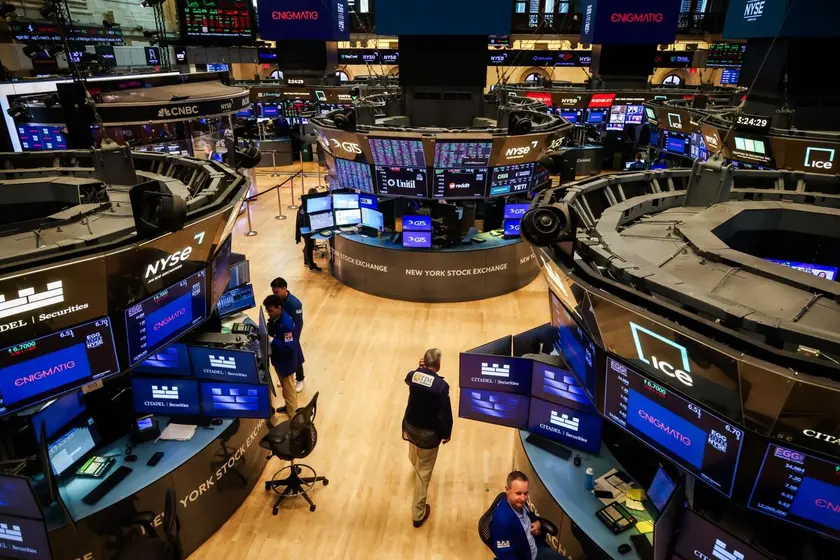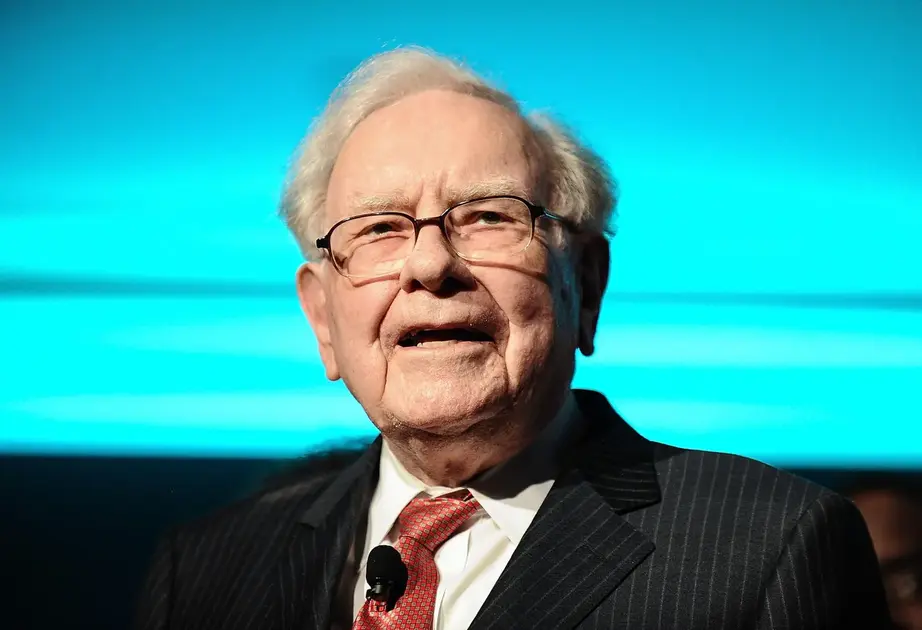T4K3.news
Market hedging shifts as valuations swell
Manulife’s risk management shows a shift toward bonds and longer-dated options as stocks push higher and valuations rise.

Manulife Investment Management weighs risk by trimming winners and buying bonds while layering protection with longer-dated options.
Wall Street Wrestles With Hedging Conundrum as Valuations Swell
Nathan Thooft, chief investment officer of multi-asset solutions at Manulife Investment Management, oversees about $160 billion. His team remains modestly overweight in stocks but has trimmed large winners as U.S. markets push to new highs, while adding exposure to bonds and protection through longer-dated options. The move reflects a cautious stance in an environment of rising prices and strong returns.
Over the past nine months, the group has reduced exposure to high-yield credit, tilted toward non‑U.S. equities, and redeployed capital into safer corners. Thooft notes that the rebound since tariff-driven lows in April has been substantial, with valuations stretched in many markets and risk indicators at the lower end of the year’s range.
Key Takeaways
"Markets are getting overly complacent"
Thooft commenting on market mood amid a long rally
The article shows a practical balance between chasing returns and guarding against an eventual reversal. In a bull market that avoids pauses, hedging becomes a visible signal that risk teams expect volatility to return. The cautious posture underscores how asset allocators are prioritizing downside protection even as they stay invested.
This approach may dampen upside during continued rallies and could end up costing more if market momentum persists. It also raises questions about how much protection is affordable and how policy shifts or inflation pressures could reshape risk premia in the months ahead.
Highlights
- Hedging is becoming the new ballast in a calm market
- Record highs hide a fragile risk balance
- Valuations stretch the map not the nerves
- Bonds and longer options form a quiet defense
Tariffs and policy shifts heighten political risk for markets
Policy moves tied to tariffs influence market dynamics, create potential backlash in sentiment, and affect risk management decisions. Investors should monitor how policy signals interact with valuations and liquidity.
As markets drift higher, risk management attention shifts from chasing returns to guarding against unpredictable shocks.
Enjoyed this? Let your friends know!
Related News

Gen Z seeks private market access

UnitedHealth rises after Buffett stake

Markets hold at high valuation

Universal Music Group files for US stock listing

Fallen Funds Rise to Sector Leader Status in 2025

ICJ climate ruling reshapes markets

Ethereum ETFs reach $1.85 billion in inflows

AstraZeneca CEO suggests stock listing move to the US
